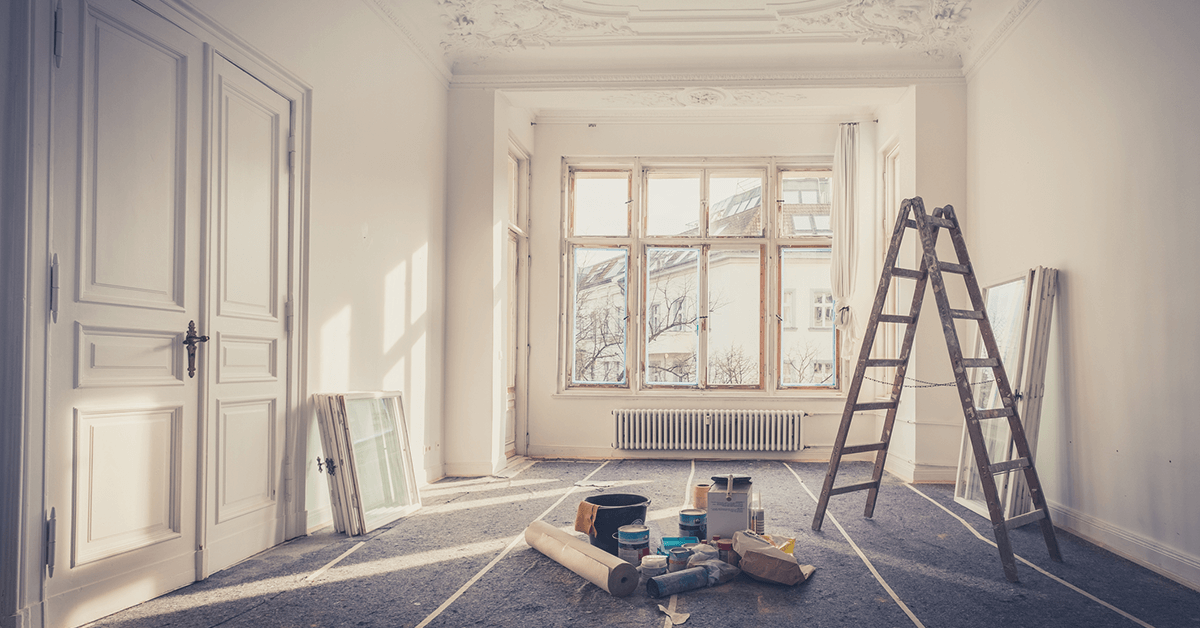
How Des Moines Neighborhood Revitalization Program is Reimagining the City
One cent goes further than you might think In Des Moines, IA. Back in March of 2019, 70 percent of Des Moines voters approved a one-cent tax, known as the Local Option Sales and Service Tax. It went into effect on July 1, 2019 and the funds have been improving and revitalizing neighborhoods throughout Des Moines ever since.
The city’s revitalization efforts have focused on demolishing condemned buildings and then revitalizing those communities, with the help of current homeowners, to make Des Moines more appealing to potential homebuyers.
Among other things, Local Option expenditure includes neighborhood revitalization through the Blitz on Blight program. This program identifies and demolishes homes declared a public nuisance. A public nuisance is any structure that has been inspected by the city and has been found to be unsafe to live or work in. Homes in this condition may have structural damage or problems with the electrical, plumbing, or mechanical systems.
From there, the owner is contacted and given notice of the home’s public nuisance classification. The homeowner is given time to make repairs and renovations. Homeowners can enter into a rehab agreement with the city detailing their financial commitment to the project and a projected timeline. However, if the homeowner fails to make the necessary repairs, the city clears the home for demolition.
Each step of the process is associated with a color, and each property’s status can be tracked by the public using the Blitz on Blight’s interactive map. Since its inception, the Blitz on Blight program has demolished 56 homes listed as public nuisances, saving the city an estimated $1,442,870.
The Blitz on Blight project was a big selling point for the Local Option Sales and Service Tax. Residents of affected neighborhoods petitioned the city to address these condemned homes saying the homes “were dragging down the quality of their neighborhoods,” according to the Des Moines Register.
The revitalization of Des Moines’ neighborhoods goes beyond the demolition of condemned homes. After the city’s 2018 evaluation of the Neighborhood Revitalization Program, areas of the city were identified as Special Investment Districts (SIDs). This program focuses on Des Moines’ “middle market” neighborhoods which, as the term suggests, are homes that are considered to be neither in the strongest or weakest part of the residential property market.
Invest DSM was formed to support these middle-market neighborhoods with the intention of giving them the boost they need to compete in the regional housing market. To do this, the group has developed multiple programs that partner with various stakeholders to improve these SIDs.
- Block Challenge Grant Program: Through the Block Challenge Grant Program, groups of neighbors can apply for matching funds up to $1,000 or $2,500 depending on the size of the application team. This money can be used to complete exterior improvements. Neighbors applying for this grant must apply as a group of at least five and be within visible distance from each other’s front doors.
- Homeowner Renovation Program: The Homeowner Renovation Program, which is scheduled to launch in late summer 2020, is intended to encourage homeowners to renovate their homes by improving the curb appeal and functionality of their homes. Interested homeowners can fill out an interest form
Beyond the work of organizations like Invest DSM, developers big and small are stepping in to save condemned homes, many of which have historical significance. Ryan Francois, co-founder of Rally Cap Properties, said in the article Blitz on Blight, “When it comes to neighborhood revitalization, I believe the vacant, nuisance properties are the low-hanging fruit. Fewer investors are willing and able to take on the historic homes that have been neglected or boarded up, so we can purchase lower and invest much more into our renovations.”
Turning these nuisance properties around takes time and money. And while Des Moines does offer $100,000 a year for rehabilitation through the Blighted Property Rehabilitation Program, Chris Johansen, the city’s community development director, says it’s not enough when you consider it can cost $30,000 to restore a bad foundation. The limitations of the Blighted Property Rehabilitation Program make the contributions of private developers all that more important to the revitalization of the city.
Left vacant, these homes will depress property values and deter homeowners from investing in their property and neighborhoods. Des Moines has worked hard to increase homeowner’s investment in their neighborhoods, and their hard work is paying off as new homebuyers flock to the area.
Time to Focus on Affordable Housing
Taxes on real estate are not the answer. Sign the petition calling on Congress to address our country’s housing shortage.





